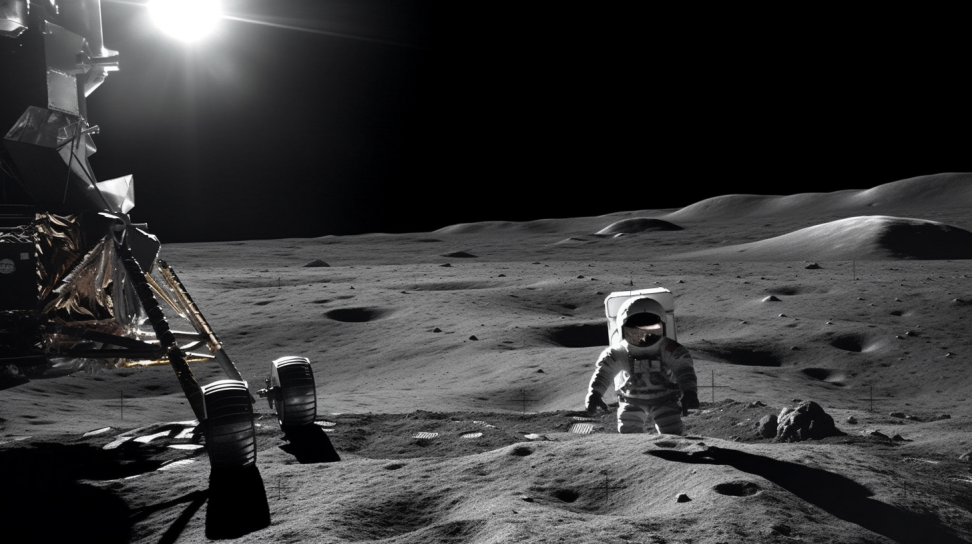The Sky's Not the Limit: Why Building a Telescope on the Moon is a Game-Changer

Hey there, space enthusiasts and astronomy aficionados! Today, we’re diving into a topic that’s been buzzing in the scientific community for a while now: building a telescope on the Moon. Yep, you heard that right—the Moon, our celestial next-door neighbor. Now, before you dismiss this as another sci-fi pipe dream, let’s dig into the nitty-gritty of why this idea is not just feasible but downright revolutionary.
Lower Gravity: The Bigger, the Better
First off, let’s talk about gravity—or rather, the lack thereof. The Moon’s gravitational pull is only about 1/6th that of Earth’s. What does that mean for telescope construction? Well, it opens up the possibility of building much larger structures without worrying about them collapsing under their own weight. Imagine a telescope with a mirror diameter that dwarfs anything we’ve ever built on Earth. The lower gravitational pull would make it easier to construct and maintain such a behemoth, allowing us to peer deeper into the universe than ever before.
No Atmosphere, No Problem
Another massive advantage is the Moon’s lack of atmosphere. Here on Earth, atmospheric interference is a constant headache for astronomers. Factors like air turbulence, weather conditions, and even pollution can distort the light coming from celestial objects. But on the Moon? None of that is an issue. The absence of an atmosphere means we can capture clearer, more accurate data. It’s like upgrading from standard definition to 4K overnight!
Thermal Stability: A Constant Chill
The Moon also offers a more thermally stable environment. Fluctuating temperatures on Earth can cause telescope mirrors to expand and contract, affecting their shape and, consequently, the quality of observations. The Moon’s more stable thermal conditions would minimize these issues, allowing for more consistent and reliable data collection.
24/7 Observing Time (Well, Almost)
One lunar day is about 29.5 Earth days, which means you get incredibly long periods of darkness—about two Earth weeks! That’s a lot of quality stargazing time without the Sun getting in the way. Sure, you’d also have to deal with two weeks of daylight, but the extended periods of darkness offer an unparalleled opportunity for continuous observation.
Reduced Earthly Interference
Let’s not forget about radio frequency interference (RFI) from all our gadgets and technologies here on Earth. The Moon’s distance provides a natural buffer zone, making it an ideal location for radio astronomy. You could say it’s the ultimate “quiet neighborhood” for telescopes sensitive to radio frequencies.
Easier Data Transmission to Earth
Being our closest celestial neighbor, the Moon allows for relatively straightforward data transmission back to Earth. With the right infrastructure, we could easily send colossal amounts of data at faster rates, making real-time analysis a possibility.
The Gateway to Deep Space
Last but not least, a lunar telescope could serve as a stepping stone for even more ambitious deep-space projects. It could act as a relay station or a hub for future missions, making it easier to explore farther reaches of our solar system and beyond.
Wrapping Up
So there you have it, folks. Building a telescope on the Moon isn’t just a cool idea; it’s a groundbreaking one that could redefine our understanding of the universe. Sure, there are challenges—like the logistics of construction and the harsh lunar environment—but the potential rewards are astronomical (pun intended).
Until next time, keep looking up!
So, what do you think? Is a lunar telescope the future of astronomy, or just a moonshot idea? Let’s keep the conversation going!